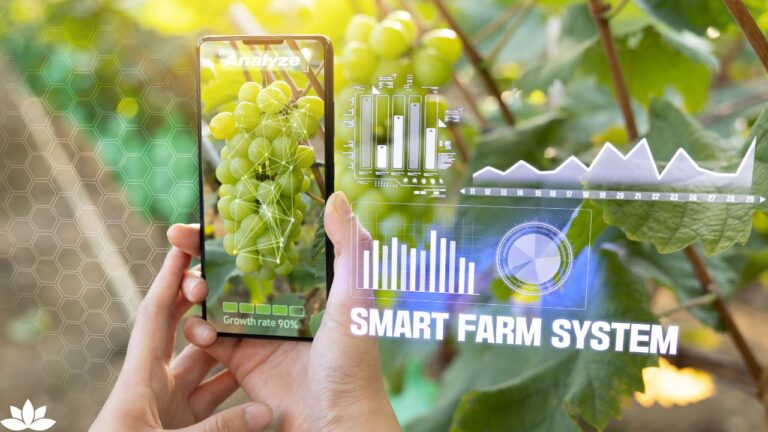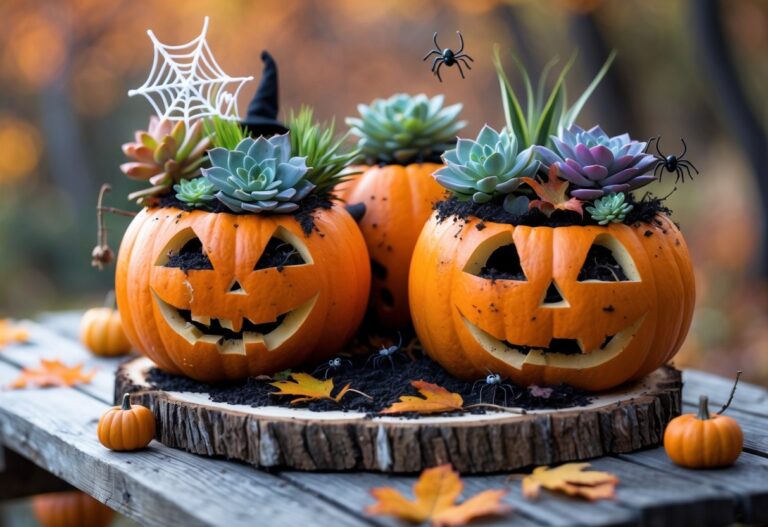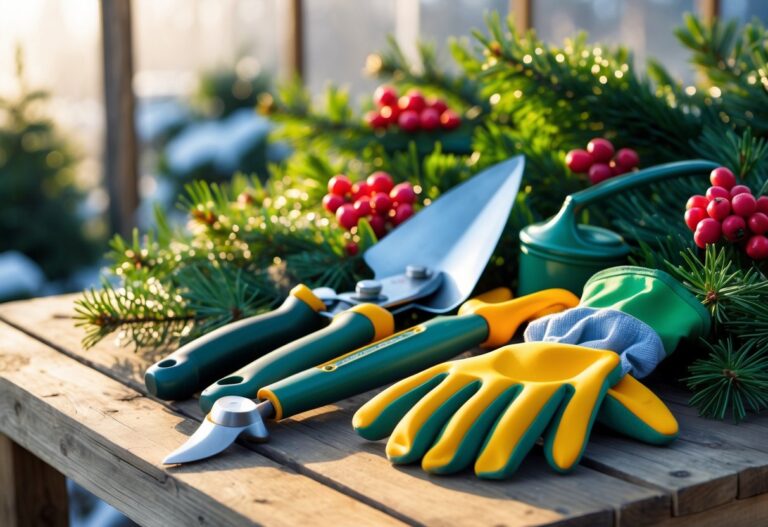Choosing a pot for your plant isn’t as simple as grabbing the first one that looks good. The ideal pot balances size, material, drainage, and shape to support healthy root growth and prevent issues like root rot.
By considering these factors, you’re setting your plant up for success—both above and below the soil. It’s a little more nuanced than it seems at first glance.
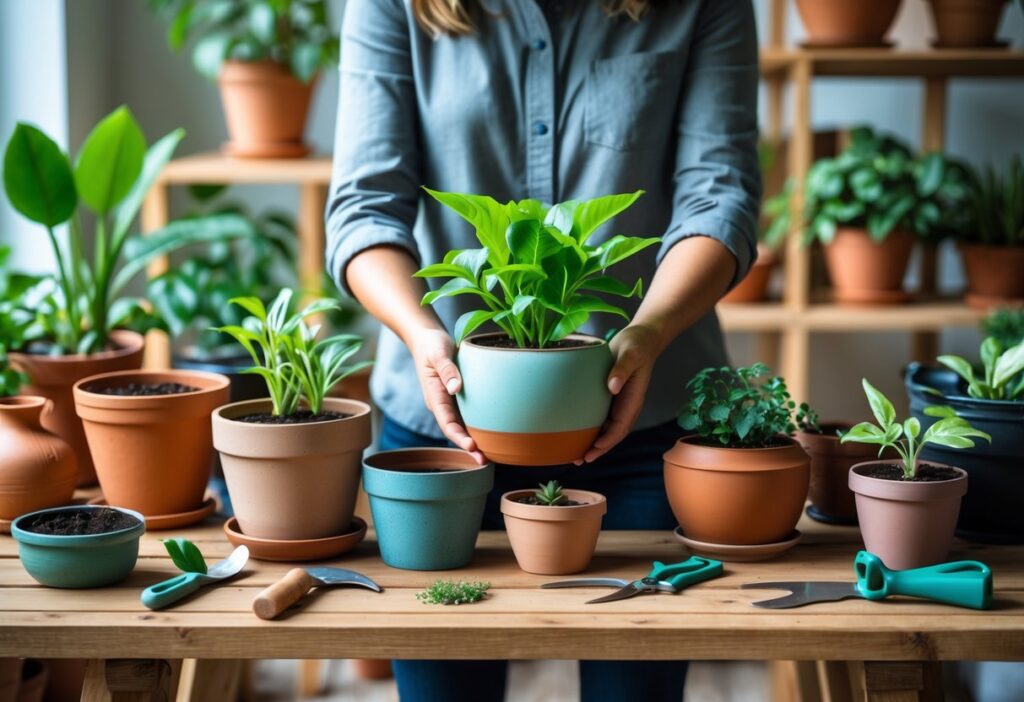
Sure, picking a pot that’s a bit bigger than your plant is a good start. But drainage holes and the material matter just as much, honestly.
These details affect how much water your plant needs and how the soil holds onto moisture. If you skip over them, your plant’s roots might pay the price.
It helps to understand how each plant’s roots grow and what they crave. If you tailor your approach, your plant is way more likely to flourish long-term.
Key Criteria for Selecting the Ideal Pot
There’s more to picking a pot than just size. Think about how the pot interacts with your plant’s roots and the material’s effect on moisture and temperature.
Drainage and the right soil mix also play a big role. Getting these right can mean the difference between a thriving plant and one that’s struggling.
Matching Pot Size to Plant Root Systems
Your pot should fit the root system without leaving a ton of empty space. Too small, and the roots get cramped; too big, and the soil holds unnecessary moisture, which isn’t great.
When you repot, aim for something about 1 to 1.5 inches wider than the current pot. That gives roots room to grow without drowning them in extra soil.
For succulents and smaller plants, snug pots actually help prevent overwatering. It’s a bit counterintuitive, but it works.
Understanding Pot Materials and Their Benefits
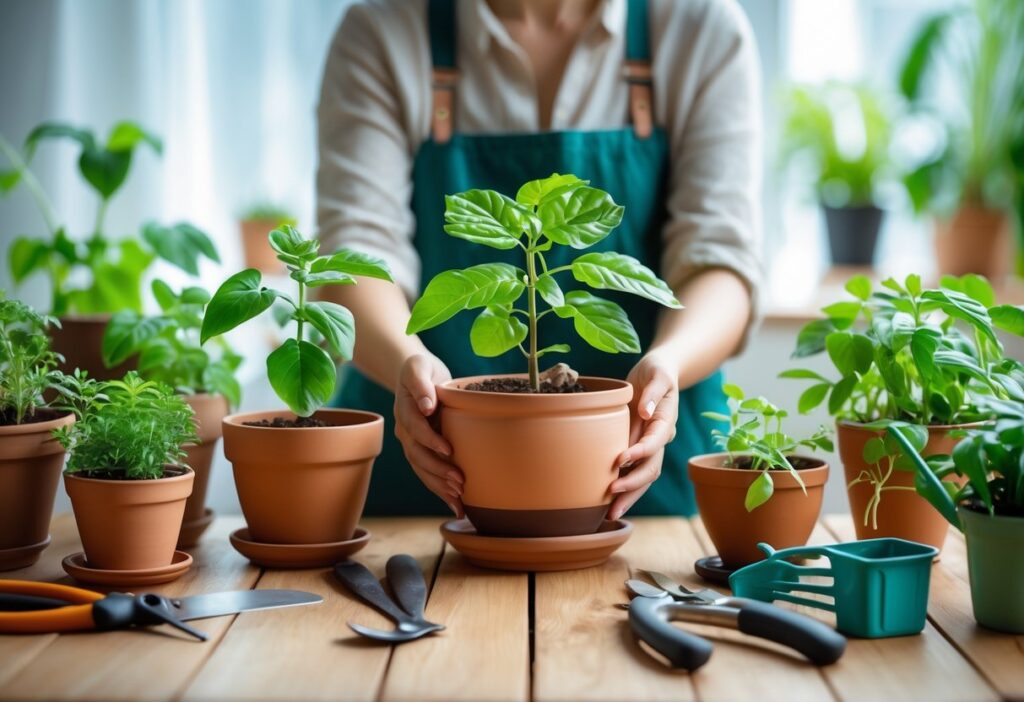
Pot material changes everything—water retention, temperature, and airflow all depend on it. Terracotta pots are porous, letting air and moisture move freely. That’s perfect for succulents and other drought-lovers.
Plastic pots, on the other hand, keep water in and are super light. They’re handy for a lot of houseplants, but you’ll want to watch your watering habits.
Ceramic or glazed pots look great and hold moisture well, but if they don’t have good drainage you might run into problems. Pick based on what your plant likes and your own setup.
| Material | Water Retention | Airflow | Best For |
|---|---|---|---|
| Terracotta | Low | High | Succulents, cacti |
| Plastic | High | Low | Tropical plants |
| Ceramic | Medium | Medium | Most houseplants |
Importance of Drainage and Airflow
Drainage is huge. Pots need holes at the bottom, period. If not, you’re just asking for root rot.
Elevate pots a bit so water can actually escape. If you fall in love with a pot that doesn’t have holes, use it as a cover pot and keep your plant in a well-draining plastic or nursery pot inside.
Airflow matters, too. Porous pots and wider shapes help roots breathe, which is especially important for plants like succulents that can’t stand soggy soil.
Potting Mix Selection for Optimal Growth
The potting mix is basically your plant’s lifeline. You want something that matches your plant—well-draining for succulents, for instance, with sand or perlite mixed in.
Most houseplants do well with a mix of peat, compost, and perlite. Skip garden soil; it packs down and suffocates roots. Freshen up the mix when you repot to keep nutrients flowing and cut down on disease.
Pot Choice and Its Impact on Plant Health and Design
The pot you pick shapes your plant’s health and how it fits into your space. Materials, shapes, and sizes all tweak root growth, moisture, and even the overall vibe of your home or garden.
If you want your plants to do well and look good, getting these details right is worth the effort.
How the Right Pot Supports Plant Health
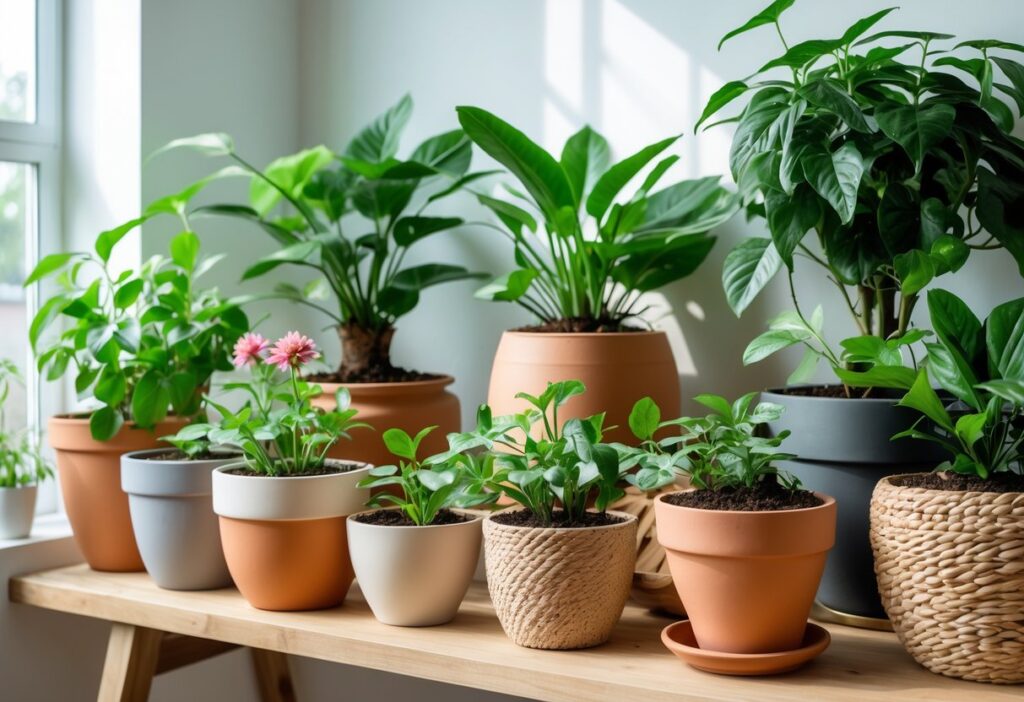
Your pot choice changes water retention and root development. For example, terra cotta pots let roots breathe and dry out fast, which is great for succulents.
Plastic pots keep moisture in, which is handy for thirstier plants. But either way, drainage holes are non-negotiable.
Size matters, too—aim for a pot about 1-2 inches bigger than the root ball. Too small, and growth stalls; too big, and you risk soggy soil and fungus.
Shape isn’t just about looks. Short, wide pots hold more water and suit shallow-rooted plants. Tall, narrow options are better for those with deep roots.
Choosing Pots for Specialized Plant Types
Some plants are picky about their pots. Succulents want breathable, porous pots like terra cotta or unglazed ceramic. Too much moisture is a death sentence for them.
Herbs and veggies with big root systems need deeper pots for support and room to grow. If you’re growing something that gulps water, plastic or glazed pots help keep the soil moist a bit longer.
Orchids and epiphytes? They need baskets or slotted pots for air around their roots. Matching the pot to the plant type really does make a difference.
For young plants, start small and size up gradually. It helps avoid root shock and waterlogged soil.
In the end, picking the right pot isn’t just a detail—it’s the foundation for healthy, happy plants. Take your time, experiment a little, and don’t be afraid to swap things up if something’s not working. Your plants (and your space) will thank you for it.
Integrating Pot Selection with Garden Design
Pot choice really shapes your garden’s overall vibe. Materials like clay, cement, and glazed ceramics each bring their own textures and colors to the mix.
Matte, earthy tones tend to blend right in with more natural gardens. On the flip side, bright colors can pop in a modern setup—sometimes a little too much, but hey, that’s a matter of taste.
Try to keep pot and plant sizes in harmony, or things start to look a bit off. Grouping pots made from the same material but in different sizes can create a layered, almost playful effect.
Matching or complementary containers help tie together a bunch of different plants. It’s a small trick, but it works wonders for cohesion.
Don’t forget about function, though. If you’ll be moving things around—maybe chasing the sun or just changing things up—consider pot weight and how easy they are to shift.
Honestly, a little thought goes a long way. The right pots make your garden not just better-looking, but a whole lot more practical too.
In the end, picking pots is more than just a finishing touch—it’s a chance to let your personality show through. If you ask me, it’s worth taking your time to get it right.

